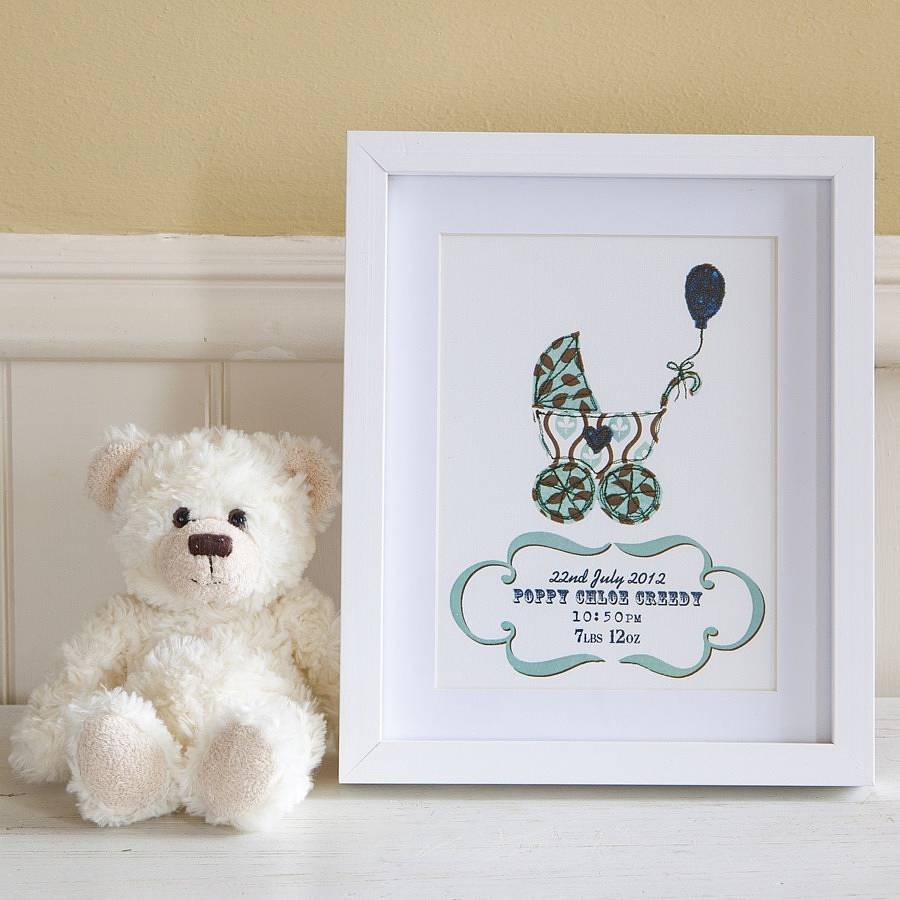5 Secret Belongings you Didn't Know about Baby Announcement
페이지 정보

본문
In conclusion, houseplants are a simple yet effective way to enhance our homes and improve our well-being. From their air-purifying and mood-boosting benefits to their aesthetic appeal and ability to connect us to nature, houseplants offer a multitude of advantages that make them a valuable addition to any indoor space. By choosing the right plants for your home, providing them with the right care and attention, and creating a green oasis that reflects your personal style, you can enjoy the many benefits that houseplants bring to your life. So why not bring a touch of nature indoors and transform your home into a green paradise with the power of houseplants?
Lastly, consider the size of your space and the amount of care you are willing to put into your plants. Some houseplants require more maintenance than others, so it's important to choose plants that fit your lifestyle and space constraints. If you have a busy schedule or tend to forget to water your plants, opt for low-maintenance varieties like succulents or snake plants.
2. Stress reduction: Studies have shown that interacting with plants can help reduce stress and anxiety levels. Simply caring for and admiring your houseplants can have a calming effect on the mind and body.
In conclusion, the history of garden design in Britain is a testament to visit the next internet site enduring power of nature and the human desire to create beauty and order in the world around us. From the formal gardens of the Tudor era to the wild landscapes of the Romantic period, the evolution of garden design in the UK has been shaped by a diverse range of influences and continues to inspire and delight us to this day.
The Victorian era saw a return to more formal garden design in Britain, as the Industrial Revolution brought advances in technology that allowed for the creation of elaborate and ornate gardens. The Victorian garden was a reflection of the period’s obsession with order and control, with an emphasis on symmetry, structure, and meticulous attention to detail.
In the 20th century, garden design continued to evolve with the emergence of modernist and postmodernist movements, influenced by changing social, cultural, and environmental factors. Modernist gardens, such as those designed by Gertrude Jekyll and Lawrence Johnston, sought to blend art, architecture, and nature in a harmonious fusion of form and function. Postmodernist gardens, such as those created by Charles Jencks and Martha Schwartz, embraced irony, playfulness, and eclecticism in a bold departure from tradition.
In conclusion, houseplants are a wonderful addition to any home in the UK, providing beauty, health benefits, and a sense of well-being. By choosing the right plants for your space, caring for them properly, and reaping the benefits of their presence, you can create a lush, green oasis indoors. So go ahead, indulge your green thumb and bring the beauty of nature into your home with houseplants.
The history of garden design can be traced back to ancient civilizations such as Mesopotamia, Egypt, and Persia, where gardens were seen as symbols of power, prestige, and wealth. These early gardens were often enclosed by walls or hedges, with geometrical layouts, water features, and carefully manicured plants. The Hanging Gardens of Babylon, one of the Seven Wonders of the Ancient World, is a prime example of the grandeur and opulence of ancient garden design.
4. Snake Plant: Also known as mother-in-law's tongue, the snake plant is a hardy, low-maintenance plant that thrives in bright, indirect light. Its upright, sword-like leaves make it a striking addition to any indoor space.
In addition to cleaning the air, tropical houseplants can also help to boost our mood and reduce stress. The presence of plants in our surroundings has been linked to improved mental health and increased feelings of well-being. Taking care of houseplants can be a therapeutic activity, providing a sense of purpose and accomplishment.
The Renaissance period saw a revival of classical garden design principles, inspired by the writings of Roman authors such as Vitruvius and Pliny. Italian Renaissance gardens, such as those at Villa d'Este and Villa Lante, featured formal layouts, axial symmetry, terraced levels, and elaborate water features. These gardens were designed to impress and delight visitors, showcasing the wealth and culture of their owners.
Contemporary garden design often combines elements of art, architecture, horticulture, and ecology, in a seamless integration of form and function. Designers work with a diverse palette of materials, plants, and techniques, to create gardens that are both aesthetically pleasing and ecologically responsible. Water conservation, native plantings, wildlife habitats, and organic gardening are just a few of the key considerations in contemporary garden design.
1. Spider mites: These tiny pests can infest tropical houseplants and cause damage to their leaves. To get rid of spider mites, you can wash your plants with a gentle soap solution, increase humidity levels, or introduce natural predators like ladybugs.
- 이전글Could Doors Aylesbury Be The Key For 2023's Challenges? 24.09.14
- 다음글Here is a 2 Minute Video That'll Make You Rethink Your Learn More About Power BI Consulting Services Strategy 24.09.14
댓글목록
등록된 댓글이 없습니다.
